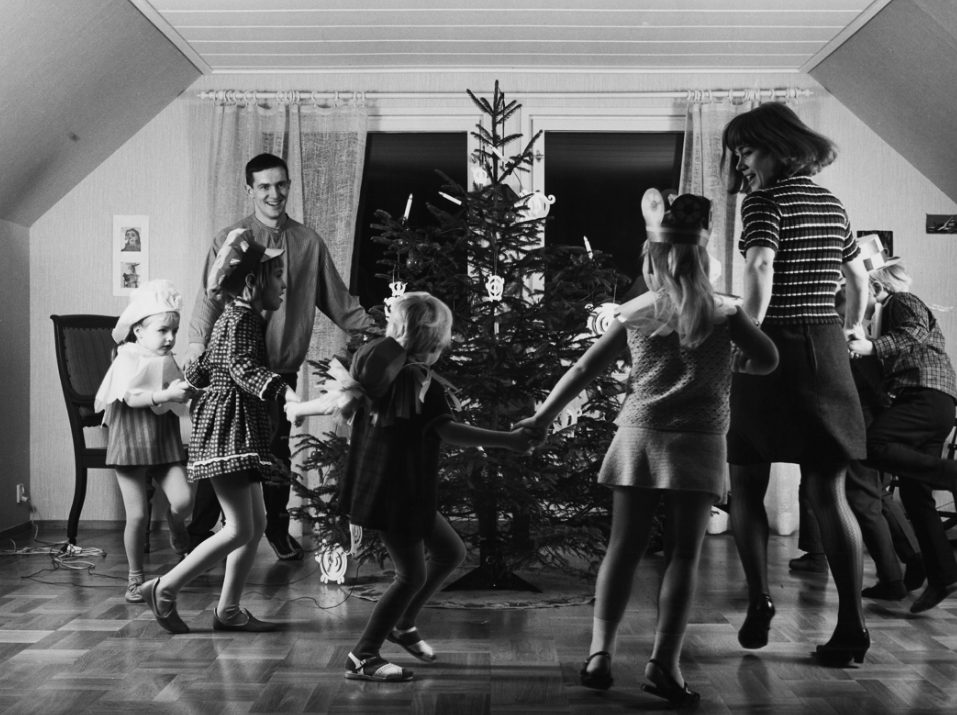In Sweden, and 160 other countries, May 1st is International Workers’ Day. Sweden has been celebrating it since 1939.
But why specifically May 1st?
The answer is found in a massacre in the USA. On 1 May 1886, laborers in Chicago went out on strike for an 8 hour working day. On 4 May 1886, the Chicago police force and the demonstrators clashed in a physical conflict. Eleven people died.
The event is called the Haymarket Massacre. Seven of the demonstrators were sentenced to death, despite lack of evidence. To commemorate the massacre, the socialist organization suggested that 1 May should become day of demonstrations every year around the world. Ironically, USA does not follow this tradition, but celebrates their Labour Day in September instead.
In Sweden, traffic is shut off, huge flag-waving demonstrations are held and people gather to hear political speeches.
The demonstrations represent people from various parties. However, since most of them are from the political left, the streets are awash with bright red flags and banners.
Not all Swedes demonstrate of course. For many, today is just a day off work – an opportunity to perhaps nurse a hangover from the festivities of the previous evening or to relax, go for a walk and enjoy the day.















